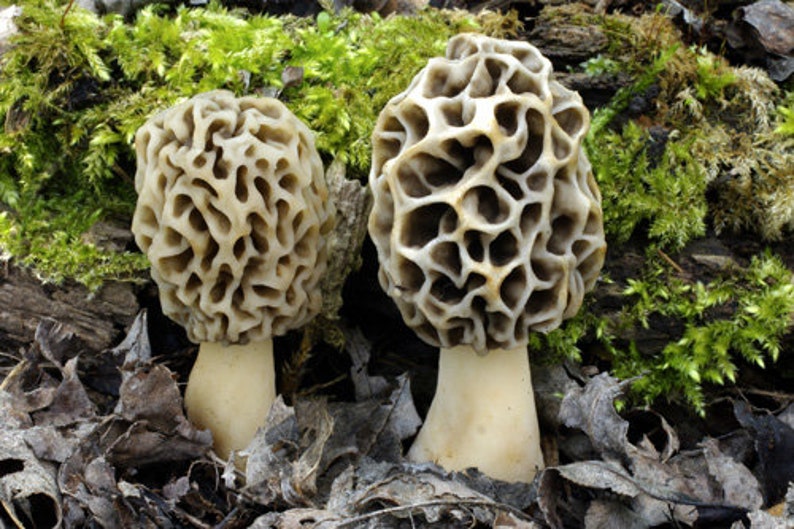
Although radical views to bypass some of these difficulties have occasionally been put forward, such as the controversial PhyloCode advocating for a system of rankless phylotaxonomy (de Queiroz and Gauthier 1990, 1992, 1994, or calls to abandon binomial nomenclature altogether (Money 2013), these have been widely rejected by the academic community and Linnaean binomial nomenclature continues to form the basis of scientific communication (e.g., Nixon and Carpenter 2000 Carpenter 2003 Wheeler 2004 Will et al. 2019), but was introduced as a temporary solution until the phylogenetic identity of early published binomials could be clarified.
#MORCHELLA GALILAEA HAWAII SERIAL NUMBER#
This system, which used the prefix "Mel" for the /Elata clade and "Mes" for the /Esculenta clade followed by a serial number for each species, did not intend to replace binomial nomenclature (as falsely assumed by Phanpadith et al. (2011), and widely adopted in subsequent studies (Du et al. To tackle this problem, the system of informal Mel/Mes designators for each phylospecies was introduced by Taşkın et al. While molecular phylogenetics have since clarified the species richness debate, early phylogenetic assessments were faced with the daunting task of matching the numerous phylogenetic clades (phylospecies) inferred through molecular tools to the several dozens of Linnaean binomials available, many of which type material were not available for or, if it existed, were too old to yield useful DNA data. Morchella conica was determined to be illegitimate, and further research is required to determine the identity of M. tridentina are designated here, as well as epitypes for M. A new subclade that includes holotypes of M. In an effort to stabilize the taxonomy, due in part to the recent publication of synonyms for 11 of the species, accepted names are presented together with their corresponding later synonyms. Presently it is not possible to tell whether the transoceanic disjunctions were due to human activities, migration across a Bering land bridge or long-distance dispersal. Only seven species were found on both continents, consistent with previous reports of high continental endemism within the genus.

Results of the present study revealed that the number of Morchella species in Europe (n = 21) is nearly identical to that in North America (n = 22). Names are applied to 30 of the 65 currently recognized genealogical species. The 107 newly sequenced collections were from both continents, including 48 types, together with previously published sequences. Here we propose a nomenclatural revision of true morels (Morchella, Pezizales) from Europe and North America, based on molecular phylogenetic analyses of portions of the genes for RNA polymerase II largest subunit (RPB1) and second largest subunit (RPB2), translation elongation factor-1α (TEF1), the nuc rDNA region encompassing the internal transcribed spacers 1 and 2, along with the 5.8S rDNA (ITS), and partial nuc 28S rDNA D1-D2 domains (28S). For morels this task is especially difficult because of high morphological stasis and high plasticity of apothecium color and shape. Applying early names, with or without original material, to genealogical species is challenging.


 0 kommentar(er)
0 kommentar(er)
